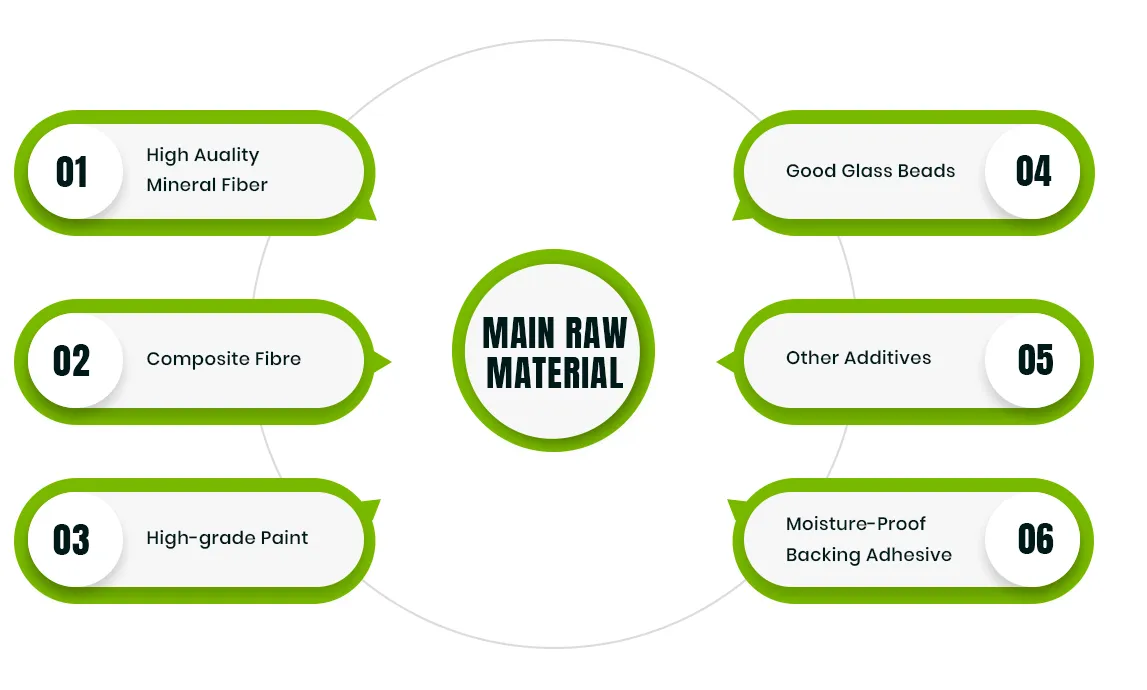9 月 . 11, 2024 08:40 Back to list
Mineral Fiber Ceiling Board Price | Affordable Ceiling Solutions
Understanding Mineral Fiber Ceiling Board Prices Factors and Insights
Mineral fiber ceiling boards are widely used in commercial and residential buildings for their acoustic performance, fire resistance, and aesthetic appeal. These boards are made from natural or man-made mineral fibers, offering advantages such as sound absorption, thermal insulation, and ease of installation. As a result, they have become a popular choice among architects, builders, and property owners. However, one of the primary considerations when selecting mineral fiber ceiling boards is their price. This article explores the factors influencing the pricing of mineral fiber ceiling boards, regional variations, and tips for making an informed purchase.
Factors Influencing Prices
1. Material Quality The type of mineral fibers used in the manufacturing process significantly impacts the price. Higher-quality materials tend to be more expensive but offer better performance in terms of durability, acoustic insulation, and fire resistance. When choosing a product, consider the balance between quality and price to meet your specific needs.
2. Manufacturer Brand Brand reputation plays a crucial role in pricing. Established brands with a history of quality and innovation may charge higher prices than lesser-known manufacturers. While it can be tempting to go for cheaper options, investing in a reputable brand can often result in long-term savings through reduced maintenance and replacement costs.
3. Design and Aesthetics Mineral fiber ceiling boards come in various designs, colors, and finishes. Custom designs or specialty textures can significantly increase the price. While aesthetically pleasing options can enhance a space's visual appeal, it’s important to determine if the investment aligns with your budget and project objectives.
4. Fire Ratings and Certifications Ceiling boards are subject to various fire safety standards and certifications. Products that meet stringent fire safety criteria are often priced higher due to the cost of compliance and testing. If safety is a priority for your project, investing in certified products may be worth the extra cost.
mineral fiber ceiling board price

5. Installation Costs While it may be easy to focus solely on the material price, installation costs should also be factored into the overall expense. Some mineral fiber ceiling boards are easier to install than others, impacting labor costs. If you’re planning a DIY installation, researching the ease of handling and installation for specific boards can aid in budgeting effectively.
Regional Variations and Market Trends
Prices for mineral fiber ceiling boards can vary significantly by region due to differences in local demand, supply chain logistics, and transportation costs. Urban areas may see higher prices compared to rural locales due to increased demand and higher overhead costs. Additionally, market trends, such as fluctuations in raw material costs and consumer preferences, can also affect pricing.
Making Informed Decisions
When considering the purchase of mineral fiber ceiling boards, it’s essential to conduct thorough research. Compare prices from different suppliers, considering both local and online options. Reviewing product specifications and customer feedback can provide valuable insights into performance and reliability. Additionally, obtaining quotes from multiple contractors can help you understand installation costs better.
In conclusion, mineral fiber ceiling board prices are influenced by various factors, including material quality, brand reputation, design aesthetics, safety certifications, and installation costs. By understanding these elements, buyers can make informed decisions that balance their budget with the functional and aesthetic requirements of their projects. Whether for a new construction or renovation project, careful planning and consideration will ensure a satisfying outcome with your choice of ceiling materials.
-
Revolutionizing Interior Design with Ceilings t grid Suspended SystemNewsOct.29,2024
-
Revolutionizing Ceiling Design with ceiling access panel with Gypsum Tile WaterproofNewsOct.29,2024
-
Revolutionizing Interior Design with PVC Gypsum Ceiling: A Comprehensive GuideNewsOct.29,2024
-
Elevating Interior Design with High quality Mineral Fiber Ceiling TilesNewsOct.29,2024
-
Revolutionizing Interior Design with PVC Gypsum Ceiling: A Comprehensive GuideNewsOct.29,2024
-
Elevating Interior Design with High-Quality Mineral Fiber Ceiling Tiles: A Comprehensive GuideNewsOct.29,2024







